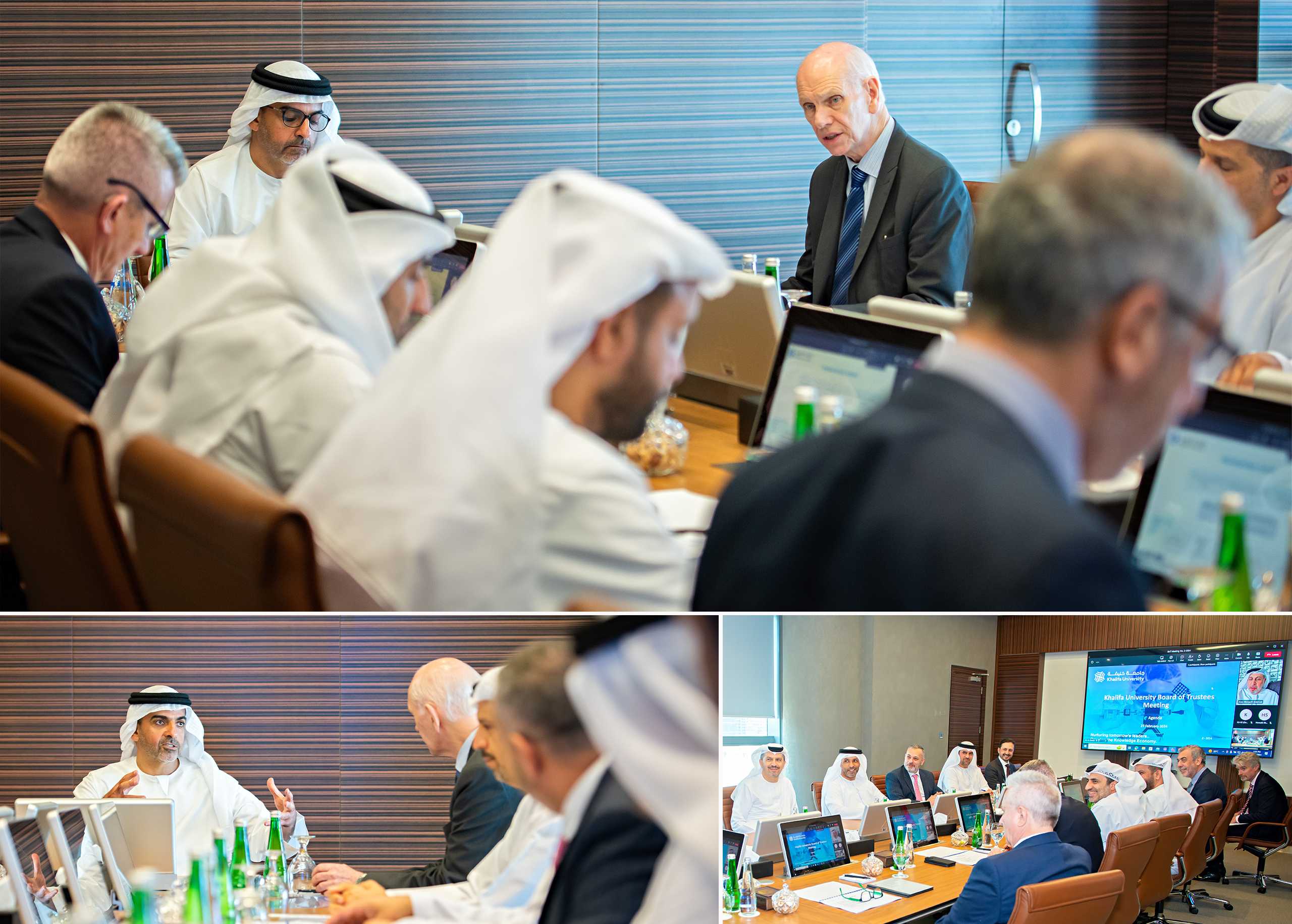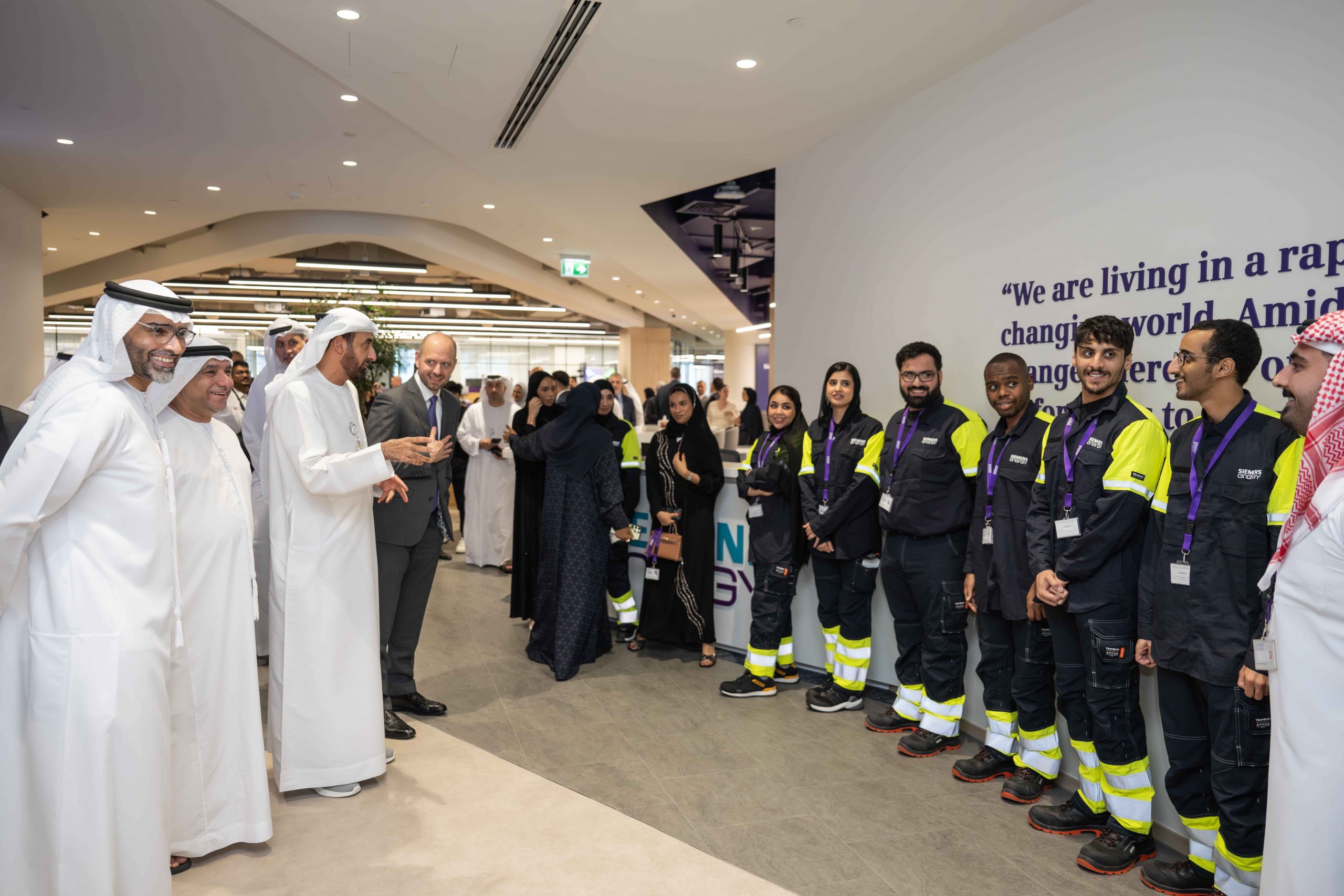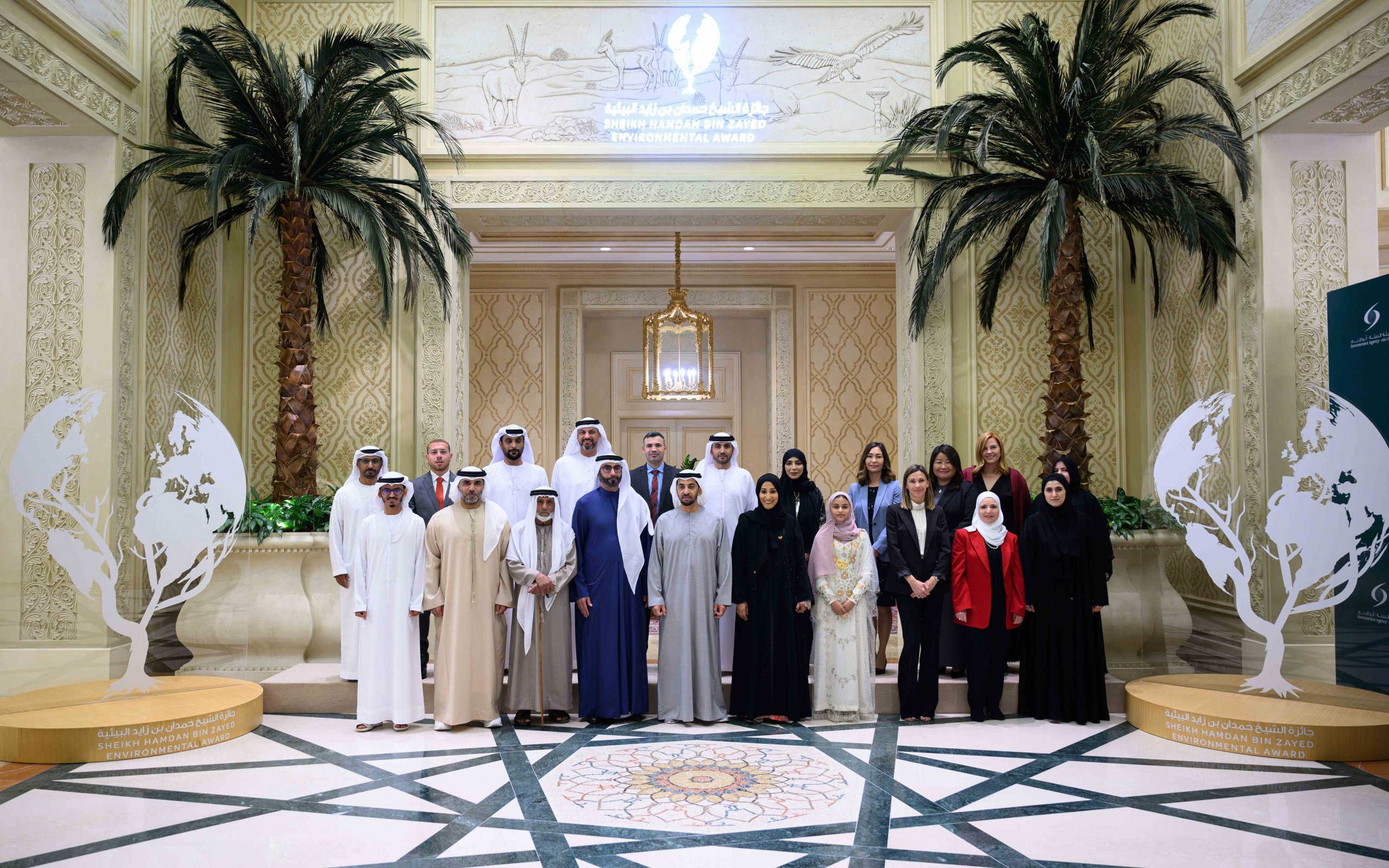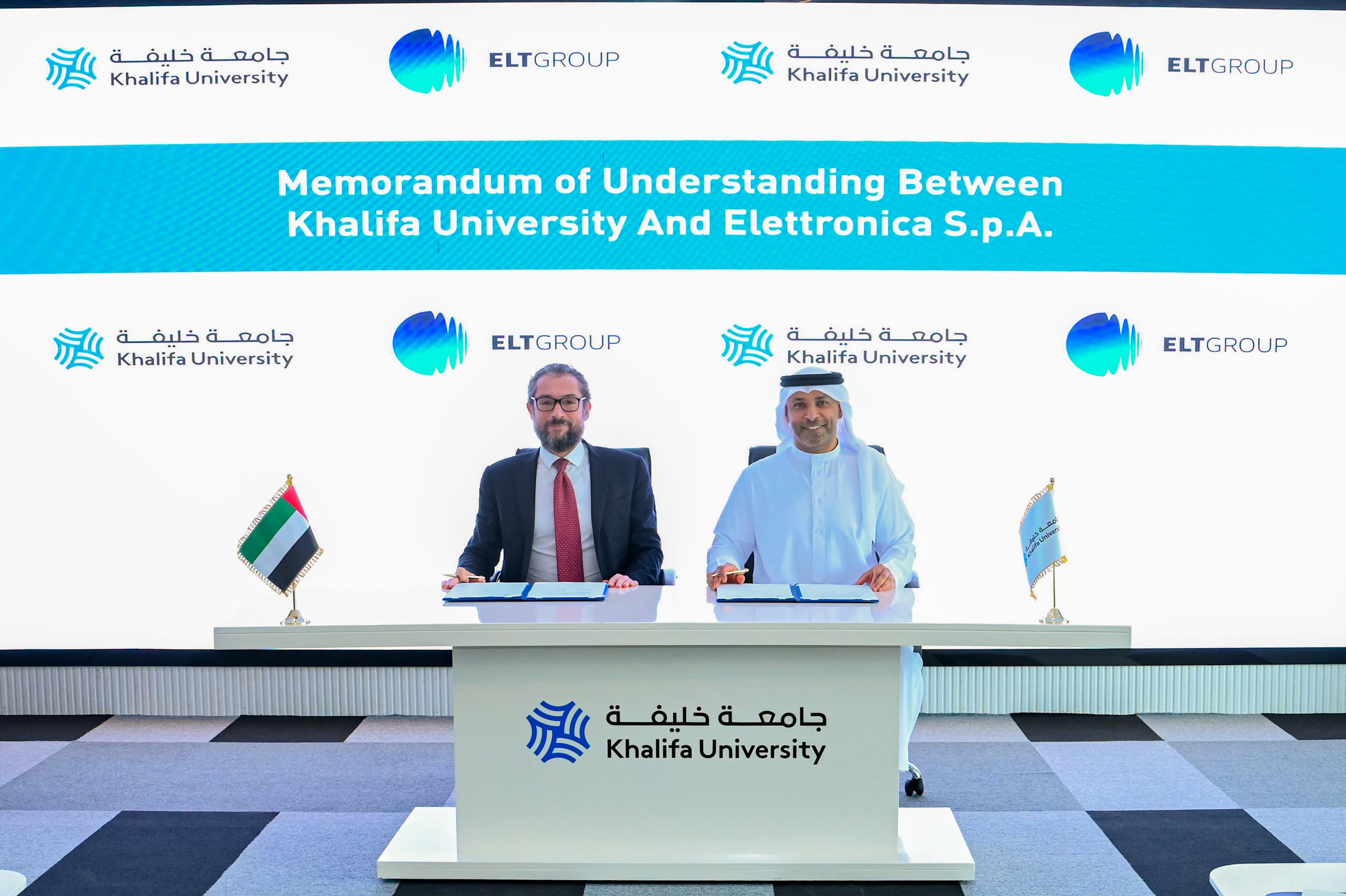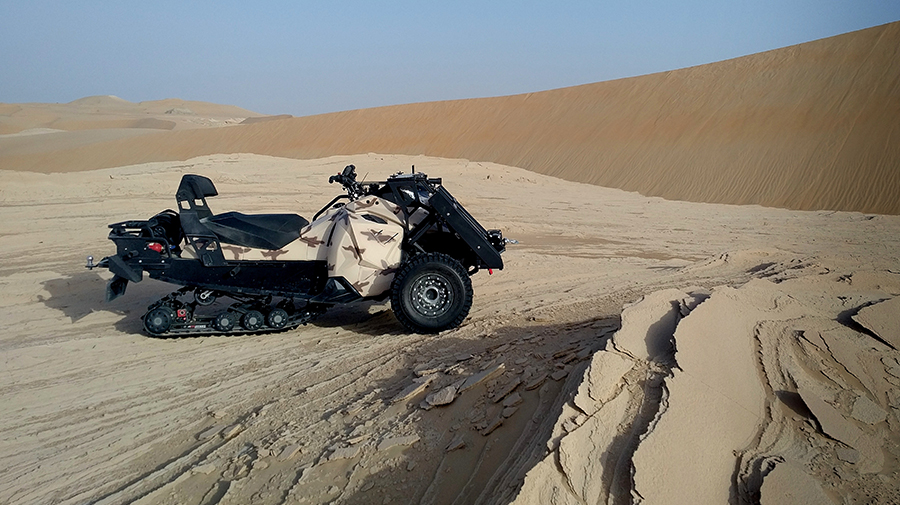
Masdar Institute is partnering with Swiss-based all-terrain vehicle (ATV) developer Sand-X Motors and UK-based technology development and engineering company QinetiQ to develop an Unmanned Rover System (URS) able to thrive in the UAE’s harsh desert environment.
The collaborative project will integrate Sand-X’s all-terrain vehicle technology with artificial intelligence (AI) and automation to develop a purpose-built ground vehicle to meet the UAE’s URS needs. The URS program is expected to lead to the development of a UAE-manufactured unmanned tactical vehicle that will provide logistical solutions, such as route clearance and the provision of relief aid to the front lines and refugee camps safely and securely.
The collaboration was announced at the URS award kick-off meeting, which was hosted by the Defense Services Marketing Council (DSMC). The URS development program was conceived as part of Masdar Institute and DSMC’s Partnering to Achieve Innovation in Defense & Aerospace (PAIDA) Working Group.
The collaborators will enter the URS Capability Demonstrator in the AED1-million UAE Drones for Good Award and the AED1-million UAE AI & Robotics for Good Award. Award winners will be announced on 11 February, 2017.
Dr. Steve Griffiths, Vice President for Research and Interim Associate Provost, Masdar Institute, said: “We are excited to leverage our state-of-the-art research facilities and highly-skilled researchers to support the development of the URS Capability Demonstrator, along with our collaborators, who are global leaders in robotic and autonomous systems, military technologies, and ATVs. We believe that the URS program will ultimately lead to the development of disruptive technologies that will enable greater vehicle expeditionary mobility without sacrificing survivability. The collaboration builds on Masdar Institute’s ambition to develop strong platform capabilities in intelligent systems that are revolutionizing multiple sectors.”
Some of the capabilities of the URS ground vehicle will include remote control operation, which will allow direct human input to drive the vehicle remotely; a “follow-me” system, which enables the vehicle to follow the driver once he dismounts the vehicle; “return home” capabilities, which enables the vehicle to return by fastest means to a fixed point without driver intervention; shuttle abilities, which allow the vehicle to shuttle supplies between bases; and waypoint-follow, which enables the driver to send the vehicle ahead to the waypoint and then return to a preselected destination.
Sand-X will provide the land systems to the URS Program, including all current background intellectual property (IP) and hardware with data packages required by QinetiQ and Masdar Institute to integrate to the existing Sand-X T-ATV 1200 Tracked All-Terrain Vehicle.
Urs Eiselin, CEO, Sand-X Motors, said: “We are pleased to work with the DSMC, Masdar Institute and QinetiQ, and to leverage the SAND-X T-ATV 1200 all-terrain vehicle as a platform for further development of highly sophisticated and efficient ground URS vehicles.”
QinetiQ was selected to be the chief industrial partner by PAIDA on the technology development front following four months of data-gathering. The UK-based company was chosen based on its extensive experience developing and manufacturing cutting-edge autonomous robotic military systems, such as the QinetiQ Raider II, which has capabilities – like obstacle detection, obstacle avoidance, follow-me, waypoint navigation and return to base – that are achievable on the proposed URS ground vehicle.
Iain Farley, Managing Director International, QinetiQ, said: “QinetiQ is privileged to have been selected to work with the Masdar Institute and SAND-X Motors on the URS Program. Development of novel autonomous systems that optimize military platforms for operations is a core capability within QinetiQ. We are confident that this collaborative project will build on our previous successes, and support the objectives of the autonomous ground URS program.”
Erica Solomon
News and Features Writer
29 October 2016


